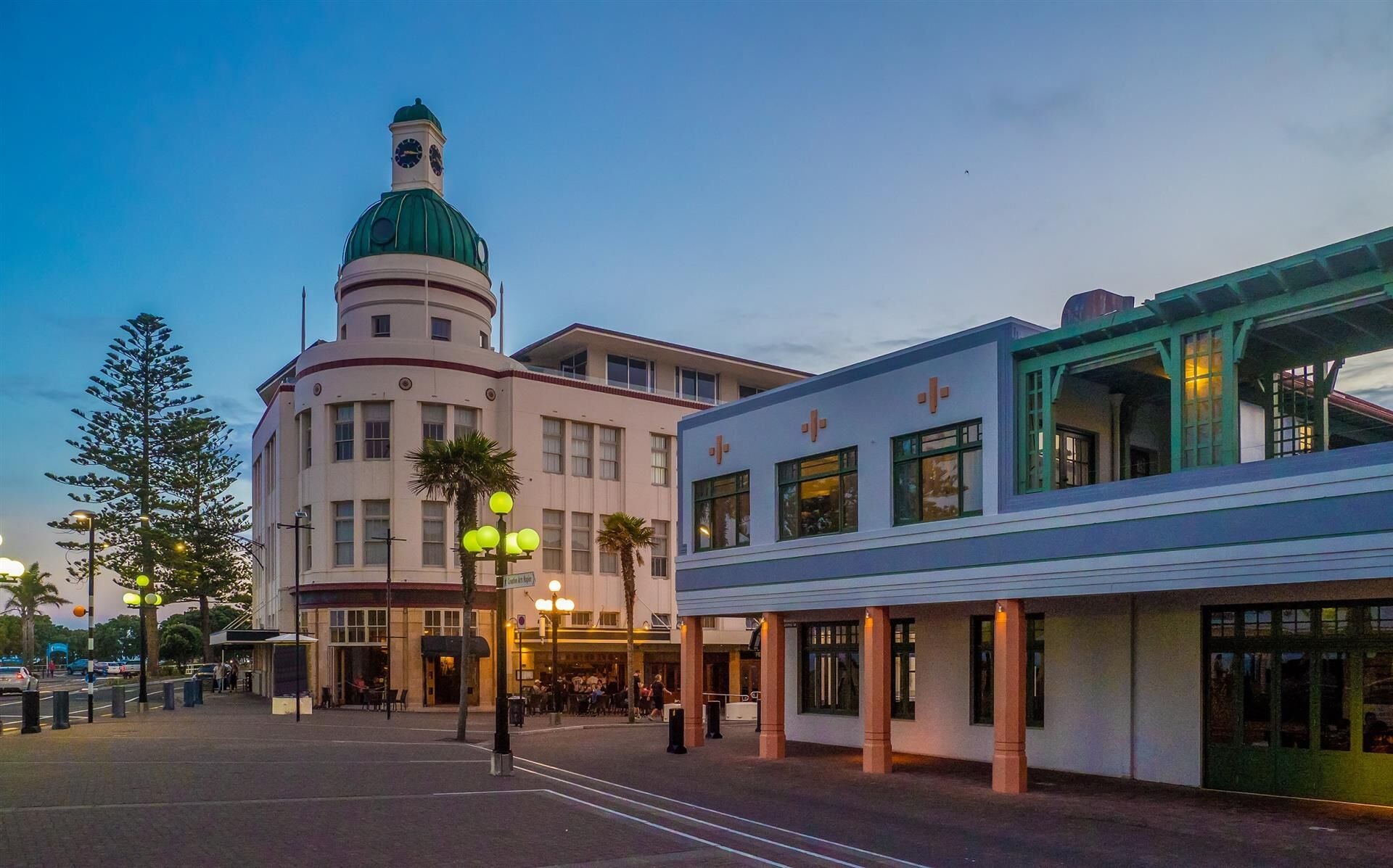Lure of lifestyle shines a spotlight on Hawke’s Bay

Kauri place public housing development
The once slightly isolated region has experienced a dramatic surge of interest in commercial and residential property, as more and more Kiwis recognise what locals have always known - the region offers an enticing balance of lifestyle and commercial opportunity.
Residential property sales have been a highly visible indicator of activity and interest in the region.
At the end of the September 2021 quarter, Real Estate Institute of New Zealand (REINZ) figures showed the average house price across Hawke’s Bay was up 31.6 percent on 2020, to $770,000. By October, the regional average had risen 37.7 percent year on year, to $812,000. Prices in Central Hawke’s Bay District ($650,000), Hastings District ($885,000), and Napier City ($812,000) all reached record average highs.
Economist Cameron Bagrie says the Hawke’s Bay property market has gone “absolutely ballistic” and while in itself that’s not too different from other parts of the country, Hawke’s Bay could be a very strong beneficiary of inter-regional migration as, post-pandemic, people look to life in less densely populated areas that offer a more balanced lifestyle.
“The workforce and jobs are now increasingly mobile, where you can work from anywhere, and I suspect people are going to pull up stumps and get out of Auckland.”
Local insiders add that improved transport infrastructure, an expanding port, and large, thriving, horticulture and viticulture sectors that support a wide variety of supplier businesses are other key factors in the region’s popularity.
Kerry Geange, Bayleys commercial manager of Napier and Havelock North says though Hawke’s Bay has been steadily growing for some time, activity in the past couple of years has “blown all predictions out of the water”.
“There’s a lot of investment coming in and a heck of a lot of people moving here.”
What that’s doing, he says, is putting pressure on already limited commercial and industrial property stock around the region.
“That’s driving commercial and industrial property prices up. The other aspect of that is businesses that might traditionally have rented premises are now looking to buy,” Geange says, adding that shift is largely fuelled by current low bank returns.
Like most of the rest of the country, large format retail is continuing to do well in Hawke’s Bay and the region has increasing appeal for big brands, says Geange.
“The population is around 170,000 now, that’s a good base that creates demand for retail centres, and creates interest from big brands.” Geange adds that more land zoned for large format retail is nearing the end of a long Treaty settlement process.
The growth of interest in Hawke’s Bay is also bringing challenges such as pressure on housing supply, particularly for social housing. Napier City Council’s draft district plan upgrades the number of new houses needed from 2,000 in 20 years across Hawke’s Bay to 3,500 in 10 years in Napier alone.
Hastings District Council (HDC) has earmarked $12 million for affordable housing infrastructure to pool with a $16m central government contribution. The funds will go toward emergency and transitional housing as well as first-home buyer options. One of the first developments out of the blocks is Waingākau Village near Flaxmere.
The biggest opportunity for Hawke’s Bay still lies in its traditional roots as a food producer. A major constraint on that, says Cameron Bagrie, is meeting the critical shortage of labour and the productivity of what is available.
“If you look at the composition and growth in Hawke’s Bay they have a stronger orientation toward the primary sector and manufacturing than the rest of the economy; particularly in horticulture.
“The region’s been on a roll for a while on the back of that. The main constraint has been labour; getting enough people to get the fruit off the trees. Without confidence the fruit can be picked, the danger is that investment expanding production grinds to a halt.”
The region’s story goes far beyond the primary sector though, he says. Tourism, healthcare, professional services, construction and real estate have all shown strong growth.

Photo credited to Geoff Eccles
